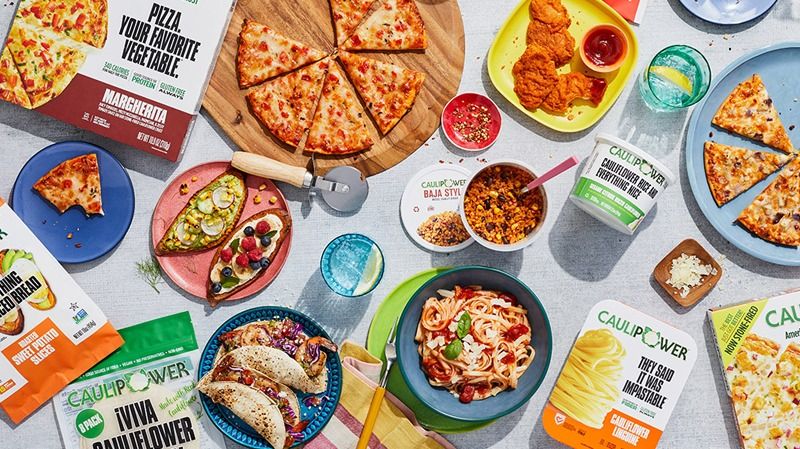Competition in the consumer-packaged goods (CPG) space isn’t new. In fact, it’s only increased as a result of new brands – particularly those focused on healthy living and specialized diets, recent supply chain issues leaving store shelves empty, and rising production costs tied to inflation. Yet despite the challenges faced by CPG brands, there are several trends that are cause for celebration.
- The gluten-free foods and beverages market size is projected to grow from $5.72 billion in 2021 to $9.99 billion in 2028
- Gut health is front and center with 44% of Americans reporting that they have taken supplements for digestive or probiotic support in the last 12 months
- Sustainability is a growing concern among shoppers with 27% choosing to consume less meat, 25% composting, and 20% choosing companies
As the CPG industry continues to grow to meet changing consumer preferences, brands will need to find ways to stand out from the pack and develop strategic marketing tactics to reach their target customers. Connected TV (CTV) has emerged as one of the innovative channels CPG marketers can leverage to engage shoppers on the path to purchase.
Caulipower’s Challenge
Caulipower was launched in 2016 as a mother’s response to needing quick, nutritious, and gluten-free options for her gluten-intolerant children – that weren’t filled with fat, sugar, salt, and excess calories. Since then, Caulipower has revolutionized the frozen pizza category with its innovative, healthier options.
With health foods trending and competition heating up, the brand was looking for ways to effectively recruit new users and gain back share in the crowded market, needing a cost-effective way to drive awareness, educate consumers, and incent trial among its most valuable shoppers.
Goals • Drive sales among new shoppers • Boost customer loyalty • Improve campaign efficiency • Reduce dollars spent on promotional incentives
To drive sales and boost awareness, Caulipower would need to build an efficient, highly targeted campaign.
The Solution
By working with Cadent and Catalina, Caulipower was able to leverage purchase-based targeting and sequential marketing to execute a successful CTV campaign.

The Plan
Cadent and Catalina designed a sophisticated CTV campaign to deliver household-level targeted ads based on consumers’ past purchases. Using real-time insights, Catalina identified Caulipower’s most relevant shoppers – including lapsed and competitive buyers. Then, through Catalina’s ID graph and Cadent Aperture Viewer Graph, high-value offers were served only to those who had seen the ad 3 times but did not yet make a purchase. The campaign delivered sequential product messaging and managed promotional costs by only issuing incentives to shoppers that needed a little extra push to try.
The Results
Through sequential CTV messaging and strategic promotional incentivization, the campaign generated a considerable return on ad spend (ROAS) and new shopper acquisition, in addition to providing Caulipower with impactful audience insights.
By The Numbers • $2.80 Total ROAS • 74K New Buyers Introduced as First-Time Purchasers • 9% of New Buyers Made a Repeat Purchase in First Month • $59,000 in Savings Through Promotion Redemption
Ultimately, this activation drove $2.80 total ROAS, 74,000 new customers, 9% of which made additional Caulipower purchases within the first month, and a staggering $59,000 in promotional savings.
Next Steps
Want to learn more about how Cadent and Catalina partnered for Caulipower’s data-driven CTV advertising campaign?






